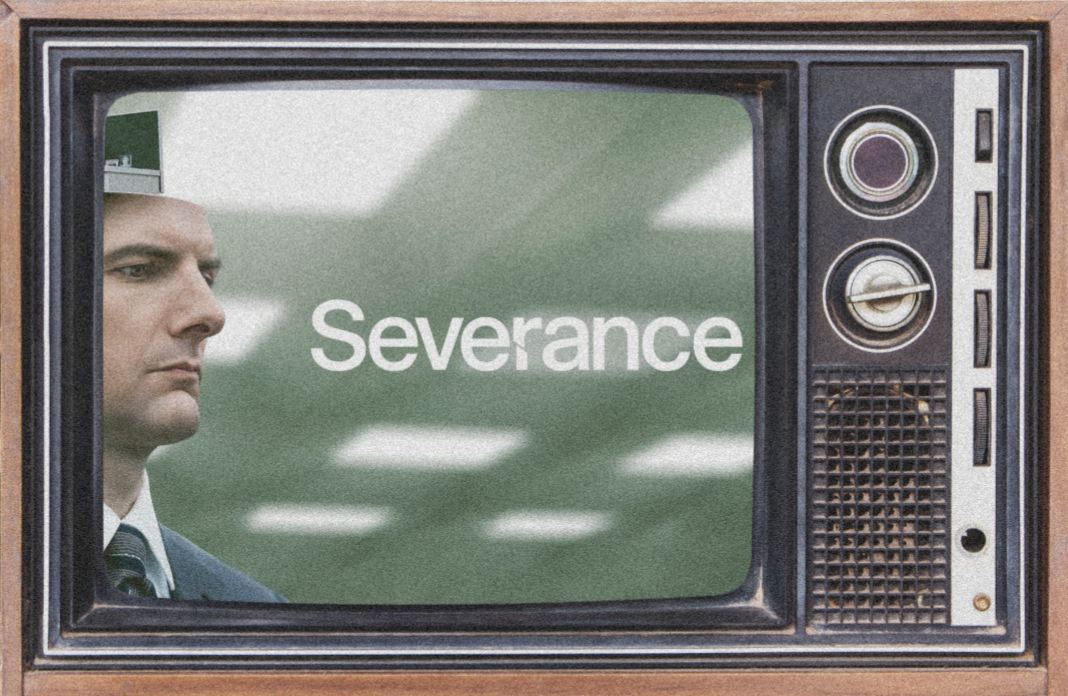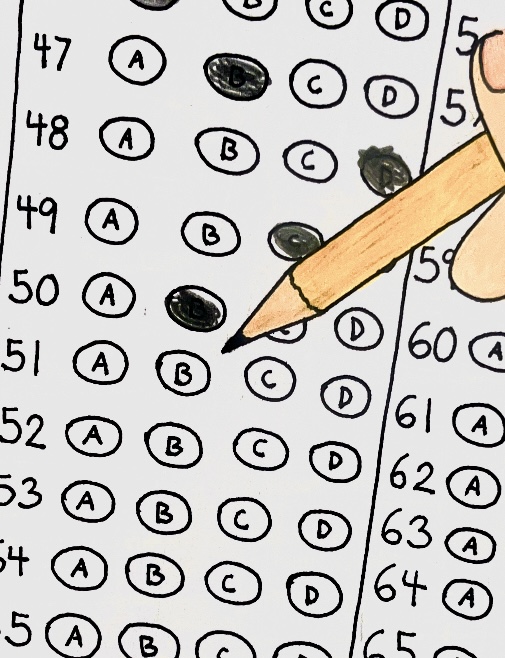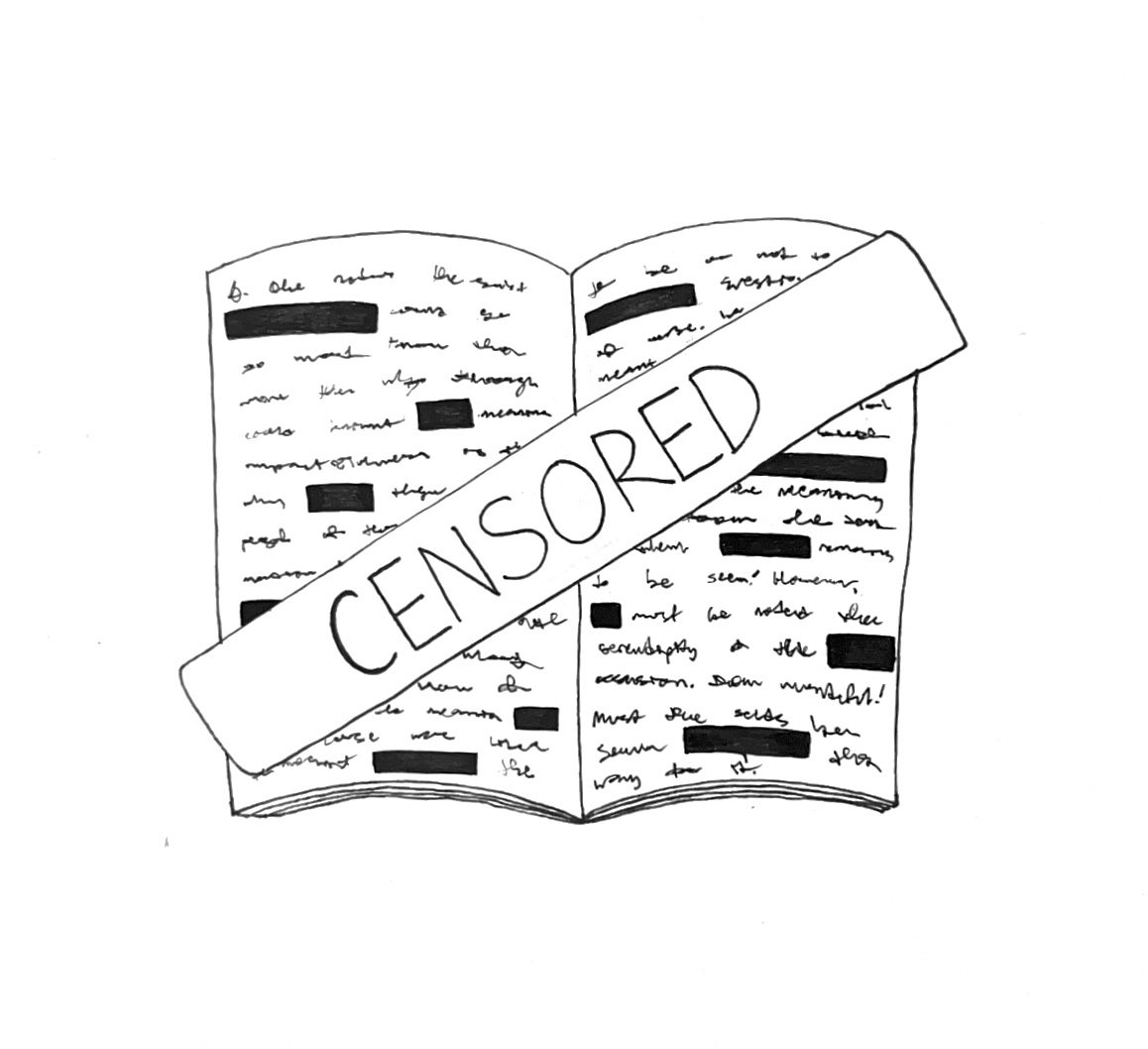For many seniors, the biggest obstacle preventing them from blissfully enjoying their long-awaited final year of high school is the agonizing process of researching, applying to and choosing a college. To ease this burden, many private colleges and universities in the United States offer an early decision (ED) application round—a binding contract where applicants demonstrate their commitment by applying to and receiving an early decision from their first-choice school. By making a decision long before the stressful period when most colleges release their regular decisions, students can evade months of uncertainty and indecision.
In the 2024-25 college admissions cycle, the volume of early decision applications noticeably increased when compared to previous years, with test-optional schools like Duke University, Emory University and Northwestern University seeing record-breaking numbers of early decision applications. Seniors who applied regular decision faced added stress as they watched their peers commit early to top schools, while they anxiously awaited their regular decision results.
According to Karen Ellis, Pali’s Director of College Advising, approximately 35% of seniors at Pali applied ED this year. She attributed this high percentage of early decision applicants to the competitive nature of college admissions as a whole. More students are beginning to realize the boost that applying in an early decision or restricted early action round, which limits early action to one school, gives their application, as it demonstrates a committed interest that will improve a school’s yield rate.
However, students getting caught up in the excitement of making a commitment to their dream school makes it easy to overlook the financial considerations when exploring the option of an early application plan.
“[Students] will be applying blindly of any financial or merit aid that they may get from the college,” Ellis said. “They need to know exactly what it costs because it is a binding commitment, so they want to make sure they can afford that tuition for the cost and fees and housing for all four years. That’s the main thing with ED. It’s the cost.”
Arguably, one of the largest factors contributing to the increase in early applications is peer pressure, as students watch their friends and classmates’ commit, one after the other.
Senior Amanda Wexler applied ED to Washington University in St. Louis (WashU) in the fall, solidifying her decision to attend by early December. While she felt that WashU was a perfect fit for her, the decision to apply ED was partially influenced by her desire to commit as early as possible.
Wexler explained that some of her reasoning for applying ED stemmed from the competitiveness in regular decision and how low those acceptance rates look on paper.
“I [thought that] I should probably make a decision early,” she said. “That’s my best shot.’”
Although she maintains that making an early commitment was the best route for her to take, Wexler recognizes the harmful consequences of students hastily applying early.
“[ED] definitely rushes kids into this huge decision in their heads, and it’s really stressful for them,” she said. “I think that the early-decision culture has gotten really out of hand. It’s just unnecessary to make such an important decision so fast.”
Some schools are notorious for accepting a significantly higher proportion of ED applicants compared to their ostensibly low acceptance rate. Tulane University, for example, reports an overall acceptance rate of 13%, yet admitted approximately 68% of students in their Class of 2028 through their Early Decision 1 plan.
While it is normal and expected of colleges to admit a higher number of students that are guaranteed to attend once admitted, this disparity shows the favoritism that private institutions have for applicants from wealthier families. This is a downside of ED that deters many students who come from families who are not able to pay full tuition.
Some universities offer a second early decision round called Early Decision II (EDII), where results typically release around February. Schools including Tulane and Northeastern University try to push for applicants to switch their plan to EDII if their application was deferred from their early action round, which is a non-binding application that releases decisions earlier but usually admits a lower number of students. This is a strategy taken to improve a college’s yield rate and overall prestige, while underestimating the weight of a binding commitment that would force a student to attend if admitted regardless of whether they change their minds.
A student who was admitted through an EDII round this year is senior Sam Jacobson, who recently committed to New York University’s Tisch School of the Arts. Although he personally did not experience a sense of pressure that impacted his decision, he recognizes the significance of a binding decision.
“Being automatically locked in to a school is a little unnerving, even if it was my first choice,” Jacobson said.
He also noticed an increase in early commitments this year, and thinks it may be due to students wanting to finalize their decision sooner to avoid stress and competition.
“A lot of kids are starting to do it more to give themselves a better chance at getting into their first-choice schools,” Jacobson said. “So students may feel pressured to join this trend even if they don’t want to be committed to a school that accepted them.”
Future seniors should understand that making a decision earlier in the year does not necessarily mean they will be completely relieved of stress and uncertainty. It is simply not the right route for everyone to take. Even with the rush of everyone declaring their college commitments, it is important to consider all possible options before making a definitive decision by applying early.








